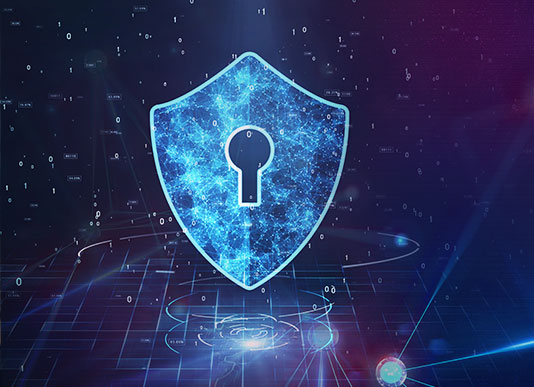A new report paints a grim picture of industrial control system (ICS) cyber security. According to the Claroty Biannual ICS Risk & Vulnerability Report, 365 ICS vulnerabilities were disclosed in the first half of 2020, 75 percent of which were rated as high or critical using the Common Vulnerability Scoring System (CVSS). These vulnerabilities were most prevalent in ICSs used in critical infrastructure, including the energy and critical manufacturing sectors.
Cybersecurity
We’ve been talking about the cybersecurity threats to look out for in 2021 and the tools and services you’ll need to protect your applications and data. Now comes the question of how much budget to allocate to cybersecurity in the coming year.
In our last post, we discussed six cybersecurity threats that will likely have the greatest impact on organizations in 2021. Phishing campaigns will continue to proliferate, and many will exploit the fear and uncertainty that continues to surround the COVID-19 pandemic. Experts are also predicting “Nigerian Prince” scams preying on individuals and businesses looking for economic stimulus payments.
In a previous post, we took a look at the serious problem of insider threats. Accounting for 30 percent of all security breaches, insider threats include well-meaning users who make mistakes or work around security policies and insiders who attack company IT systems out of malice or for personal gain. The most expensive insider attacks involve credential theft, in which outside hackers steal legitimate usernames and passwords to gain access to IT systems.
Organizations are right to be concerned about shadowy hacker groups infiltrating their IT systems. According to Verizon’s 2020 Data Breach Investigations Report, 70 percent of security breaches can be traced to malicious external actors. Organized criminal groups were behind 55 percent of breaches, and 86 percent of breaches were financially motivated.






